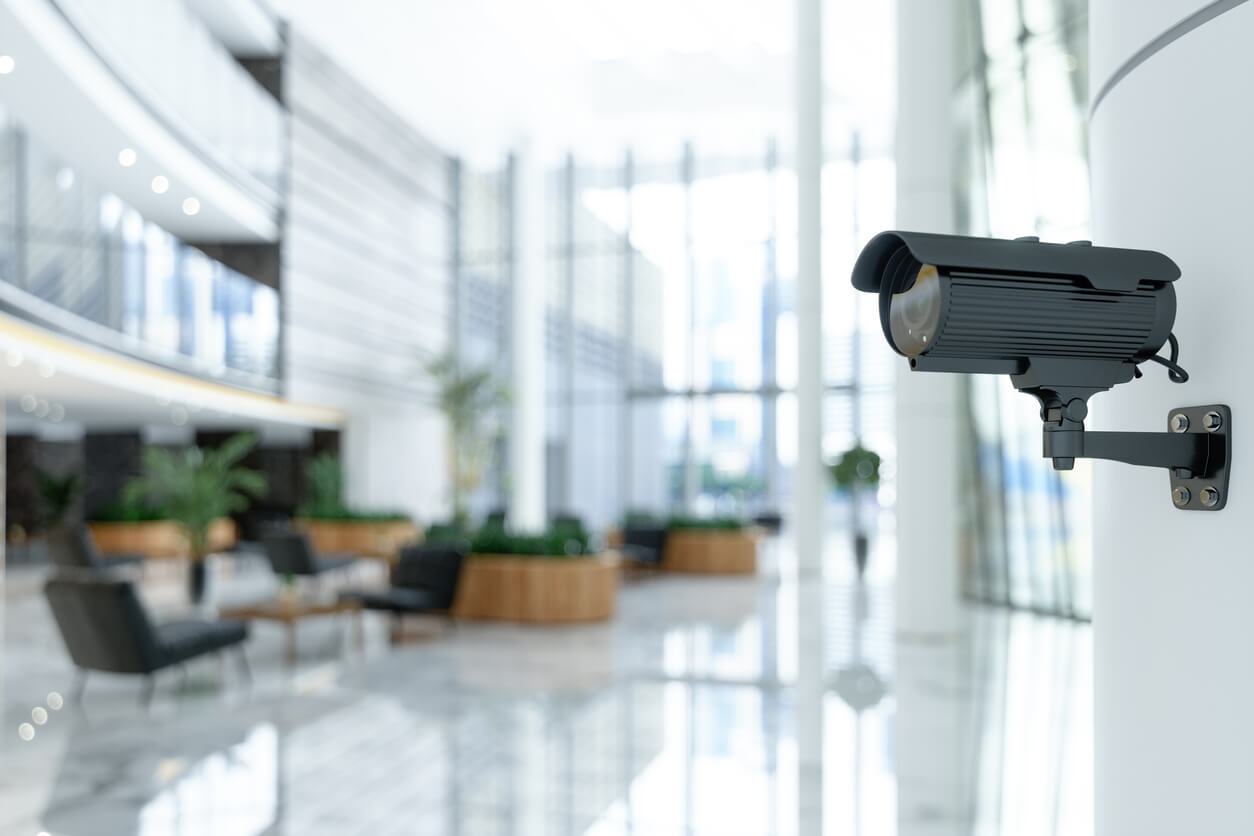Integrated Access Control and Video Surveillance Benefits
- Enhanced security
- Centralized monitoring
- Customization and flexibility
- Free up personnel
- Save money
- Data integration and intelligent reporting
When it comes to protecting people, property, and assets, there are few security solutions as comprehensive and effective as integrating access control and video surveillance.
Access control systems provide an automated way of controlling who has access to certain areas within a facility. Video surveillance offers the ability to monitor those areas in real-time, ensuring that only authorized individuals are granted entry. By combining these two technologies, organizations can create a secure environment with improved visibility into the activities happening on their property.
6 Reasons to Integrate Access Control and Video Surveillance
Here are six reasons why integrating access control and video surveillance is a great choice for businesses.
1. Enhanced Security
An integrated system provides an extra layer of protection, as it combines the capabilities of both systems. Video surveillance monitors potential security threats and records vital footage, while access control authorizes entry. The synergy between the two systems ensures buildings are constantly monitored, and only authorized personnel have access to certain sensitive areas of the facility. This keeps valuable assets secure from theft or damage.
2. Centralized Monitoring
Integrating access control and video surveillance allows operators to see everything at once instead of having to switch between multiple systems or screens. This allows for easier management and operation from one interface, making it more efficient and user-friendly.
When all security systems are integrated and monitored centrally, it becomes easier to respond to incidents quickly. If an unauthorized access attempt is detected, the operator can immediately review the associated video footage and take necessary action, reducing the response time significantly.
3. Customization and Flexibility
Integrated security systems offer a high degree of customization and flexibility. Depending on specific security requirements, alerts can be set up for certain events, such as when a user enters a high-security area or if there's an unauthorized access attempt. Furthermore, the system can be scaled easily to accommodate growth or changes in the facility's security needs, making it a future-proof investment.
4. Free Up Personnel
Integrating access control and video surveillance systems can help businesses free up valuable personnel by automating manual security processes including tasks such as opening doors, letting visitors into restricted areas, verifying employee identifications, and more.
5. Save Money
Having an integrated access control and video surveillance system can help save businesses money in the long run. A single system eliminates the need to purchase two separate systems, saving businesses time and money. While integrated systems may seem more expensive upfront, they provide long-term cost savings like lower maintenance and upgrading costs, and reduced insurance premiums.
6. Data Integration and Intelligent Reporting
When access control and video surveillance are integrated, they can share and correlate data, providing a more holistic view of security events. For example, in case of an access event, the system can pull up the related video footage, time logs, and user credentials, providing a complete picture of the incident. This integration of data can also facilitate intelligent reporting, helping to analyze trends, identify potential vulnerabilities, and demonstrate compliance with security regulations.
Best Practices for Integrating Access Control and Video Surveillance
Follow these best practices for integrating access control and video surveillance to ensure seamless implementation.
Set clear goals - Before beginning the integration process, set clear goals for what you intend to achieve from combining the two systems. What type of data do you hope to track and monitor? Which access control events do you want to have visibility into?
Plan the design - Decide which type of system architecture will work best in your environment, such as an open or closed system, centralized or distributed system, etc. Also, consider what type of hardware you might need, such as door locks, cameras, etc.
Consider a cloud-based solution - Cloud-based access control and video surveillance are very popular at the moment. Scaling is easier, updates are much simpler, and they can be remotely managed.
Choose the right vendor - When selecting a vendor for your integration project, it's important to make sure that they offer a solution that meets your specific needs. Look at customer reviews and case studies to get a better understanding of the capabilities of different vendors.
Request preventative maintenance - To avoid any potential issues in the future, it is essential to stay on top of preventative maintenance for both your access control and video surveillance systems. This can include regular software updates, hardware checks, and system backups.
Protect Your Business with an Integrated Security System
Businesses must understand the advantages of integrating their access control and video surveillance systems. By combining these two security measures, organizations can improve their overall security posture and reduce operational costs by eliminating redundancy and increasing efficiency.
Integrating access control and video surveillance is a complex undertaking that requires careful consideration. It is advisable to partner with experienced security providers who possess a deep understanding of these systems and the most effective integration strategies.







